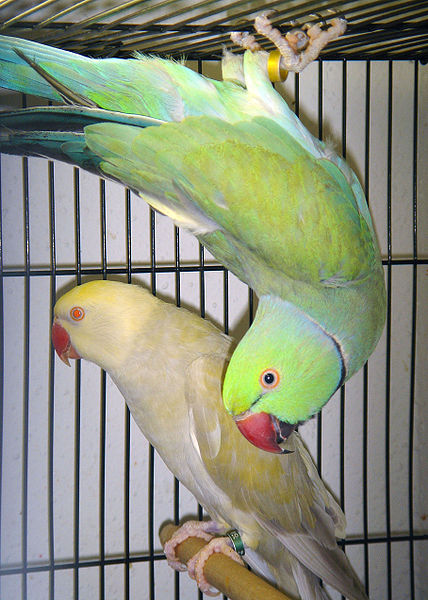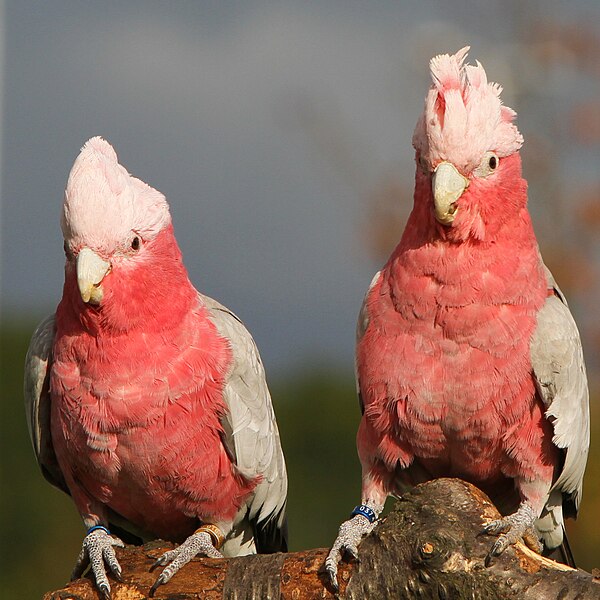 Please see Part I of this article to read about the natural history of the Ringneck Parakeet (Psittacula krameri) and it’s survival as an introduced species in foreign habitats ranging from Zanzibar to New York City. Read More »
Please see Part I of this article to read about the natural history of the Ringneck Parakeet (Psittacula krameri) and it’s survival as an introduced species in foreign habitats ranging from Zanzibar to New York City. Read More »
The Gorgeous Grass Parakeets – An Introduction to Some Popular Species
 Australia’s Grass Parakeets (Genus Neophema) are so beautifully colored and graceful in flight, that it almost seems like they “should be” delicate and difficult to keep. Yet they are very hardy, fairly quiet with pleasant “songs” and quite confiding and easy to tame. Please see my article Introducing Australia’s Colorful Grass Parakeets to learn about their many good points. Today we’ll meet a few of the more popular species. Read More »
Australia’s Grass Parakeets (Genus Neophema) are so beautifully colored and graceful in flight, that it almost seems like they “should be” delicate and difficult to keep. Yet they are very hardy, fairly quiet with pleasant “songs” and quite confiding and easy to tame. Please see my article Introducing Australia’s Colorful Grass Parakeets to learn about their many good points. Today we’ll meet a few of the more popular species. Read More »
Pet Bird Health – Labored Breathing and Respiratory Distress
 Difficulty in breathing is often a bird owner’s first clue that something is amiss. Wheezing, nasal discharge and other problems that seem related to breathing may in fact arise from any number of ailments. Read More »
Difficulty in breathing is often a bird owner’s first clue that something is amiss. Wheezing, nasal discharge and other problems that seem related to breathing may in fact arise from any number of ailments. Read More »
Finch Facts – the Natural History of Popular Pet Birds
When ornithologists use the term “finch”, they are usually referring to birds in the Family Fringillidae. However, the “finches” kept by pet owners are more often of the Family Estrildidae – the waxbills, weavers and sparrows. Today we’ll take a closer look at the Family Fringillidae, the True Finches.
Classification and Range
The 140+ species of True Finches range across all continents except Antarctica and Australia. The most commonly-kept birds in this family are the Bullfinch and the European Goldfinch. The American Goldfinch, is a close relative and, in captivity, interbreeds with its European cousin. Most True Finches are classified within the Subfamily Carduelinae. They nest solitarily and defend only the area around the nest. Mated pairs forage with others in loose flocks. Read More »
Conditioning Parrots, Softbills and Finches for Breeding – Diet Changes
As spring slowly makes its way across the Northern Hemisphere, aviculturists’ thoughts turn to nests and nestlings. Many birds, even those from tropical habitats, respond to the coming of spring by becoming increasingly active, hungry and interested in the opposite sex. While we often attribute this to longer days and warmer weather, this is only part of the story – the birds are more interested in the glut of new, nutritious food items that accompanies warm or rainy weather in nearly all habitats. Read More »
 That Bird Blog – Bird Care and History for Pet Birds
That Bird Blog – Bird Care and History for Pet Birds
